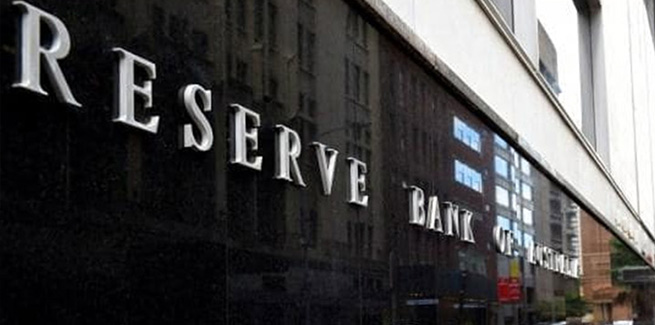The Australian Bureau of Statistics (ABS) has released its labour force statistics for the month of July, reporting an increase in employment of approximately 41,000, driven by an increase in full-time employment of approximately 34,500, while part-time employment increased by 6,700.
The unemployment rate remained stable at 5.2 per cent, while the underemployment rate increased slightly to 8.4 per cent.
The participation rate grew modestly to 66.1 per cent over the same period.
Reflecting on the data, chief economist at AMP Capital Shane Oliver said that the July boost would be welcome news to the Reserve Bank of Australia, which cut the cash rate back-to-back in June and July to stimulate the labour market.
“The rebound in employment growth seen in July may provide the RBA with some encouragement and breathing space,” he said.
However, Mr Oliver noted the rise in unemployment since the start of 2019, adding that the unemployment rate remains distant from the RBA’s target.
“The rise in unemployment from 4.9 per cent earlier this year and continuing high underemployment indicates that significant ‘spare capacity’ remains in the labour market and in the economy,” he said.
Mr Oliver expects the RBA’s rate cuts, as well as recent regulatory and fiscal stimulus, to help bolster the labour market but expects the central bank to cut rates further to take unemployment closer to target.
“[While] the RBA’s back-to-back rate cuts, tax refunds for low and middle-income earners and strong infrastructure investment should help limit the rise in unemployment to around 5.5 per cent. They are unlikely to be enough to get unemployment down to the 4.5 per cent or less needed to see stronger wages growth and higher inflation.
“[In] the meantime, the risks of even slower global growth on the back of the escalating US-China trade war are rising as indicated by falling share markets and bond yields racing to zero and below.
“As a result, we remain of the view that the RBA will have to cut rates further and see the next 0.25 [percentage point] cut coming next month followed by another cut in November, ultimately taking the cash rate down to 0.5 per cent.”
[Related: No escape from global rate trap: RBA]
